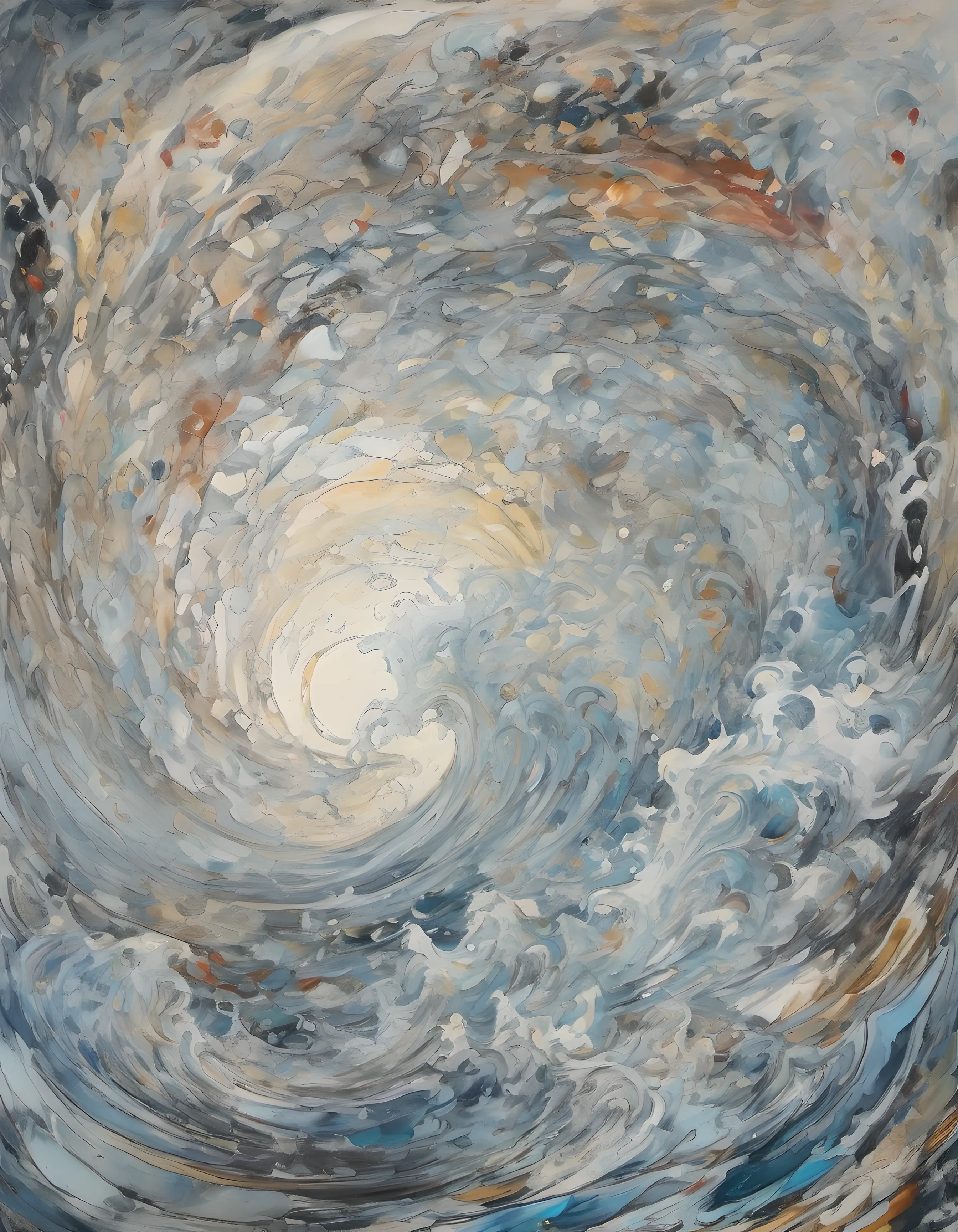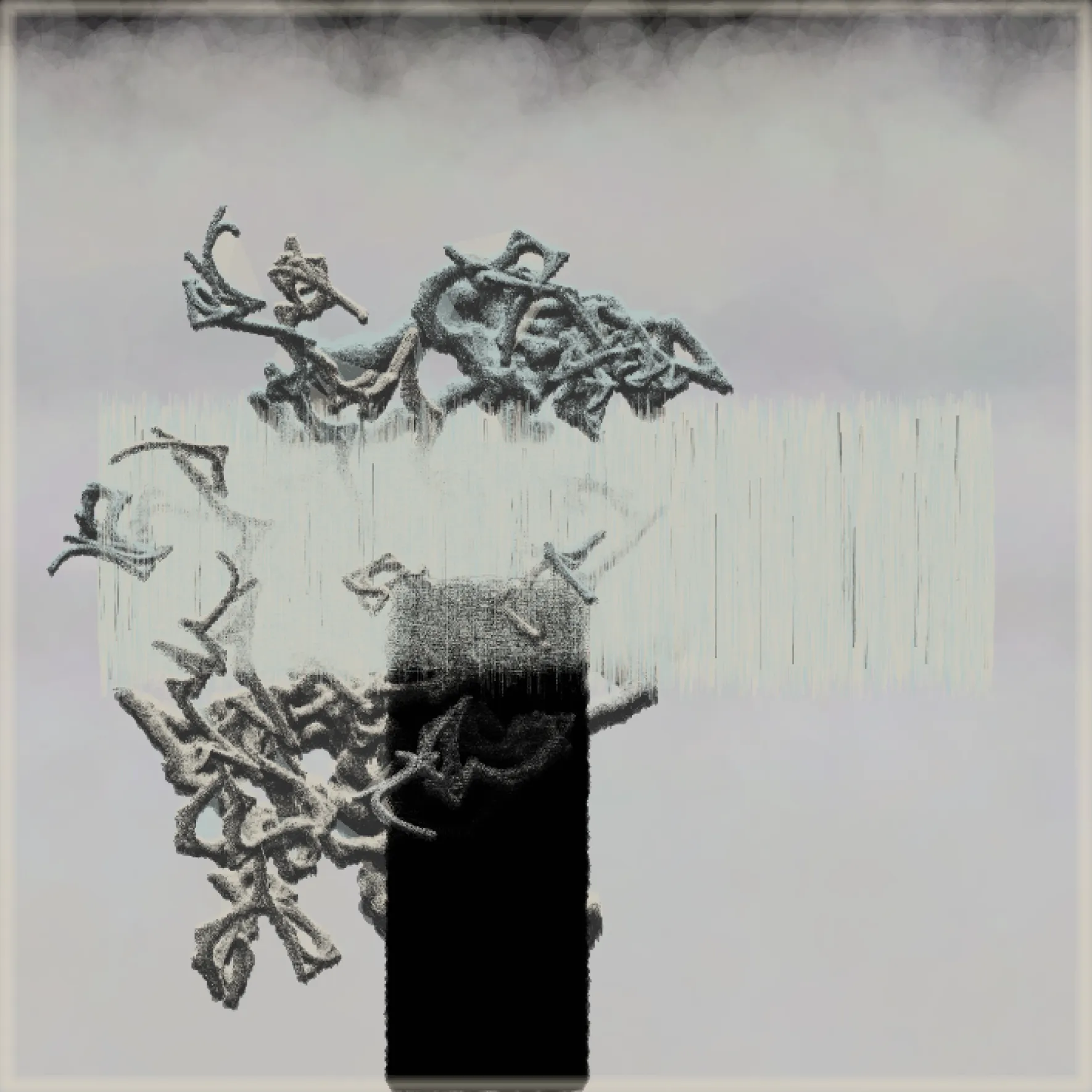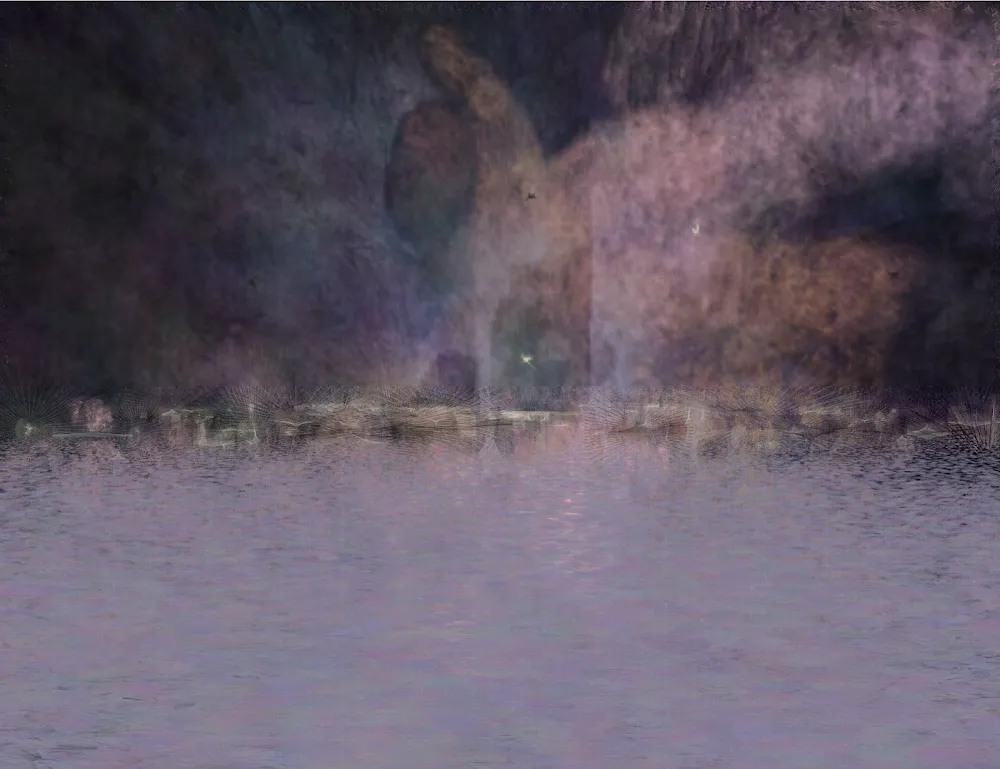Subscribe to get the latest on artists, exhibitions and more.
Ralgo on Celebrating Chaotic Forces

The theme of this exhibition is artistic imperfections. Your series represents a conflict between natural chaos and the human desire for control. What role do you see the artist – you – playing in this series? Do you side with control, or tend towards encouraging chaos and imperfections?
In my opinion, the concept of "Perfection" is rather ill defined. Whereas it is possible to have something that is "perfect" within highly specific constraints, and indeed that is a very interesting area of study, those very constraints make the space those perfections inhabit rather uniform, and eventually uninteresting. As soon as you try to consider perfection in much less constrained situations, like occur in nature it becomes subjective. After all, what does a perfect tree look like? And what may be perfect in one ecosystem can be far from it in another. With heightened awareness of the interconnectedness of natural elements there is a trend towards understanding that we all live in extremely complex ecosystems. Because of this, celebrating chaotic forces, and imperfections, is just as important, if not more so than striving towards an illusionary grail of perfection. In some senses, generative art is able to convey this much more poignantly than words and as an artist I am sharing my own insights.

In previous series, you have explored mathematical concepts such as random walks in some depth and discussed your interests in statistics and probability. You also have a background in software development. Did these experiences and interests guide you to create generative art work?
I've always had strong interests in mathematics and art, and code is a great facilitator in allowing these to connect in a highly productive manner. Mathematics and art have a long history of overlapping, and there are many themes which have been explored in considerable detail. However, code and historically powerful computational equipment gives an artist immense power to explore, and look at things in different ways. The ability to have a machine make thousands (even millions) of choices a second is potent and to be able to then do this deterministically is like a superpower for a mathematically interested artist.
Collectors can experience – and control – the work through the progressive rendering, where they can pause the animation and toggle the ordered element. Is this interactive element important for you to let viewers into your work? Why else does making generative work appeal to you?
I believe that allowing collectors to experience the way the art work is generated adds to the connection they feel. Generative works which are primarily constructions towards a final creation do not need much in the way of control. However, in this work there is (potentially) a never ending contest unfolding, and as such the image generated for each piece is simply a chosen snapshot of the time I personally find most balanced. A collector, if they are so inclined, may want to explore the piece further to find other states that they find more interesting or appealing. Seeing how quickly, and indeed "how" the ordered elements are overrun (and potentially reclaimed) is something I personally wanted to convey in the piece. I also like the concept of watching the different chaotic forces fight for space to fill the canvas but I'd rather this be a specific choice of the controller than enforced. As generative art as a field evolves I believe that there will be more interaction (and personalisation) in many pieces and this will enhance the overall experience for people collecting, and interacting with, the works.

You are also a collector of gen art: could you tell us about a few artists in your collection and why you’re attracted to their work?
I particularly like generative artists who produce works that I find aesthetically pleasing, or which I technically admire, or which push the boundaries of what is possible. My most recent larger purchase on Verse was an amazing Qubibi creation which I think ticked all three of those boxes. There are many artists doing great work in the generative art world at the moment, I have pieces by many of the artists exhibiting in imperfections because I feel they are producing some of the most interesting art work at this time. Beyond that, I very much like what Tyler Hobbs and Dandelion Wist did with QQL, I think it will set a new paradigm and I think what Verse recently did with Melissa Wiederrecht (cosmic rays) also pushes that collector curation / parameter artist side. I also like collecting new generative artists who show the potential to do interesting things. For example, I am a big fan of Mark Ludgate's Spectrum of Nature on FxHash with its retro game styling.

Ralgo
Ralgo is a digital artist working with algorithms to create generative works. He has a background in software development and has been experimenting with creative graphical coding for many years.
His process is focused on large scale experimentation, and exploration, to identify, and refine, novel techniques which can be used to convey conceptual works.
Leyla Fakhr
Leyla Fakhr is Artistic Director at Verse. After working at the Tate for 8 years, she worked as an independent curator and producer across various projects internationally. During her time at Tate she was part of the acquisition team and worked on a number of collection displays including John Akomfrah, ‘The Unfinished Conversation’ and ‘Migrations, Journeys into British Art’.
She is the editor...


